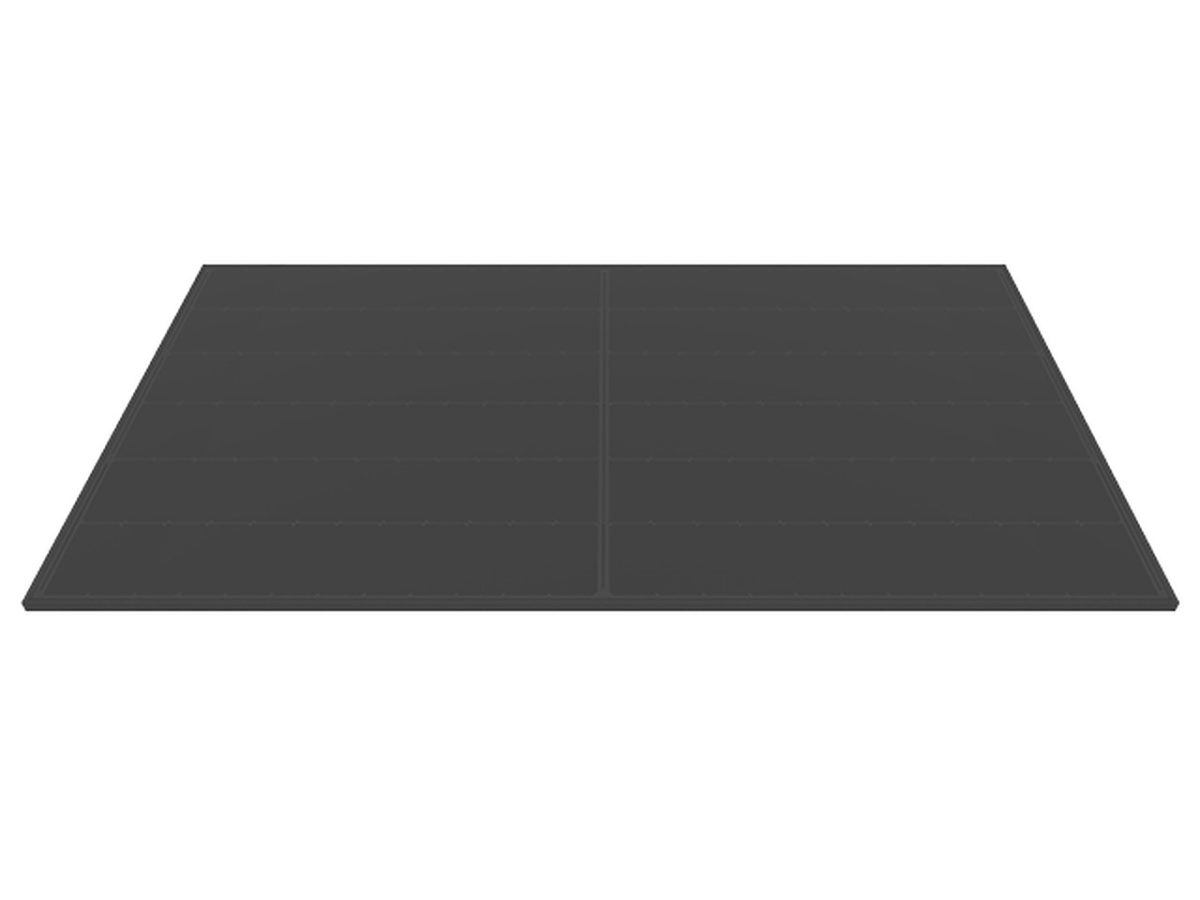Megasol said the solar module relies on new back-contact technology that is able to reduce internal resistance, ohmic losses and cell spacing.
The company claimed to have improved the efficiency of the panel, which previously featured an efficiency of 22.1%, through a new back-contact technology dubbed “RearCon.”
“By moving the busbars to the rear, we eliminated the problem of self-shading, as every contact on a cell covers cell area with which electricity can be generated,” explained Michael Reist, head of communications and marketing at Megasol. In addition, the manufacturer said it used busbars with particularly high conductivity for the rear contact. “This reduces the internal resistance and, as a result, the ohmic losses considerably,” Reist continued, noting that this also reduces the cell spacing. “In fact, the cell spacing is negative — the cells overlap very slightly by 0.3 millimeters. This gapless stringing leads to space savings and higher efficiency,” he affirmed.
The rated output of the new 144-cell glass-glass module is 500 W. Depending on the albedo of the ground, a bifacial additional yield of up to 30% is possible, according to the product sheet from the Swiss photovoltaic manufacturer.

 www.pv-magazine.com
www.pv-magazine.com
The company claimed to have improved the efficiency of the panel, which previously featured an efficiency of 22.1%, through a new back-contact technology dubbed “RearCon.”
“By moving the busbars to the rear, we eliminated the problem of self-shading, as every contact on a cell covers cell area with which electricity can be generated,” explained Michael Reist, head of communications and marketing at Megasol. In addition, the manufacturer said it used busbars with particularly high conductivity for the rear contact. “This reduces the internal resistance and, as a result, the ohmic losses considerably,” Reist continued, noting that this also reduces the cell spacing. “In fact, the cell spacing is negative — the cells overlap very slightly by 0.3 millimeters. This gapless stringing leads to space savings and higher efficiency,” he affirmed.
The rated output of the new 144-cell glass-glass module is 500 W. Depending on the albedo of the ground, a bifacial additional yield of up to 30% is possible, according to the product sheet from the Swiss photovoltaic manufacturer.

Swiss manufacturer unveils 500W solar module with 23.2% efficiency
Megasol said the solar module relies on new back-contact technology that is able to reduce internal resistance, ohmic losses and cell spacing.

